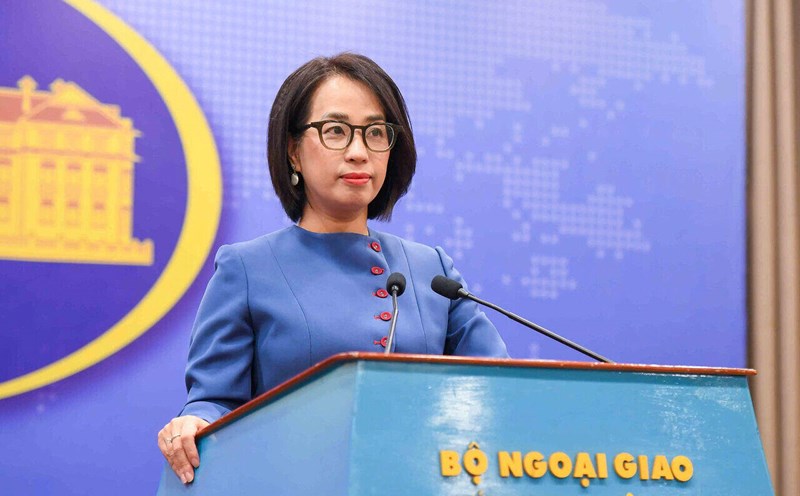According to the Financial Times, OpenAI is currently achieving impressive revenue of about 13 billion USD per year, of which 70% comes from individual users who pay 20 USD per month to chat with AI.
This figure is noteworthy as ChatGPT has 800 million regular users, but only 5% are paid users, showing huge growth potential in the future.
Despite the money plowing, OpenAI has pledged to spend more than $1 trillion over the next decade on infrastructure and AI development.
The company has recently finalized deals to buy more than 26 gigawatt of computing capabilities from giants such as Oracle, Nvidia, AMD and broadcom, a huge investment far exceeding the current cost of handover.
To narrow this huge gap between revenue and cost, OpenAI is implementing an ambitious 5-year plan.
The strategies include expanding government contracts, developing purchasing tools, providing video services, manufacturing consumer hardware, and even becoming a computing provider through the Stargate data center project.
The demand for efficient computing is increasing sharply in large enterprises.
Some of the most valuable companies in the US are currently relying on OpenAI to execute key contracts.
According to the Financial Times, if OpenAI has difficulty implementing this ambitious plan, it could have a significant impact on the US market, as the economy increasingly relies on AI-powered computing power.
In this context, OpenAI is not only a pure AI company but also a center of technological power, where revenue from individual users combined with large contracts can turn the ambition of 1 trillion USD in the next decade into reality.
All depend on the ability to optimize infrastructure, expand services and maintain a pioneering position in the field of AI.











